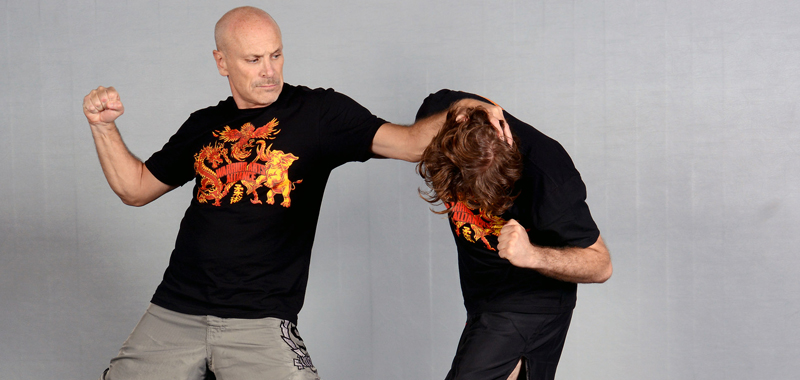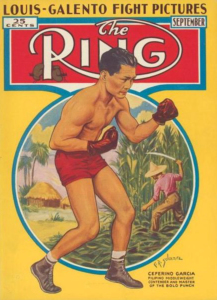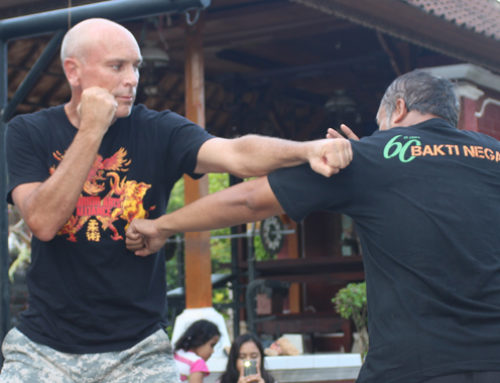THE BOLO PUNCH
By Daniel Sullivan
The infamous “Bolo Punch” is a punch that all hard core boxers and boxing fans know. However, very few know about the origin of the term “Bolo Punch” or where the technique originated.
“Bolo” is a term from the Philippines which means “Blade”. But what does a Filipino Blade have to do with boxing?
Well, after the USA beat Spain in the Spanish American War, Filipinos began immigrating to the United States as farm laborers. They settled mostly in Central California and Hawaii.
Many of the Filipino immigrants were Escrimadors. (They practiced Escrima, a Filipino Martial Art which is known for the used of a blade). But Eskrima also includes a boxing art known as Suntukan, Suntokan or Panantukan.
However, Filipino Boxing is “Dirty Boxing” with no rules. It includes traditional boxing punches plus elbow & knee strikes, head and shoulder butts, clinching and eye gouging, etc. So, the Filipinos had to remove all the “Dirty” tactics to conform to Western Boxing rules. But it was an easy transition for them.
They gravitated towards professional boxing because it paid more than farm labor and because they were already highly skilled boxers. They could make more in one boxing match than working for one week on the farms.
They started to call a certain punch a “Bolo Punch” because the punch is similar to swinging a machete (bolo) when working to cut down crops like sugar cane when working in the fields.
One Filipino Boxer who made the Bolo Punch famous was Ceferino Garcia (World Middle Weight Champion in 1939). This Ring Magazine cover (below) depicts Ceferino Garcia in a boxing stance with a Filipino farm worker in the background using a Bolo to cut sugar cane.
At the top is a modern photo of me performing the “Dirty Boxing” form of the Bolo Punch while controlling my opponent’s neck.








Leave A Comment
You must be logged in to post a comment.